When it comes to Kobe, the impression is that of a port city. However, if you turn your gaze towards the mountains, in the northern area of Kobe City, there are still around 700 traditional thatched-roof houses, it called Kayabuki, remaining, with many people still living in them today. For the residents of the northern area, living with thatched roofs is still a part of their daily life.
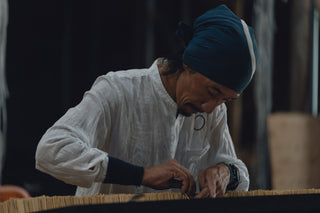
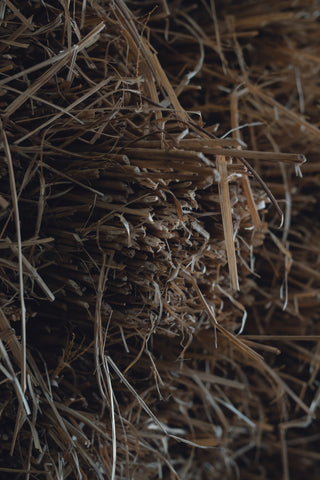
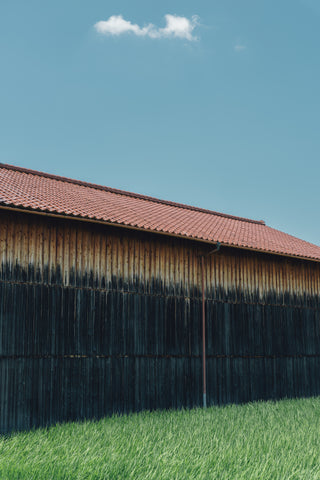
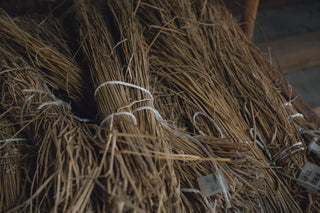
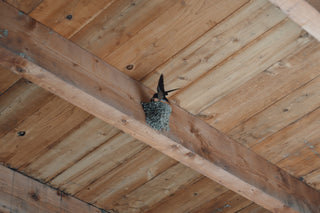
When it comes to Kobe, the impression is that of a port city. However, if you turn your gaze towards the mountains, in the northern area of Kobe City, there are still around 700 traditional thatched-roof houses, it called Kayabuki, remaining, with many people still living in them today. For the residents of the northern area, living with thatched roofs is still a part of their daily life.
Ikuya Sagara, who was born and raised in this area, is a promising thatched-roof craftsman who practices the art of modern thatching, working on re-thatching and repairs while also expressing contemporary styles on the walls of shops and decorations. Originally, Sagara aspired to become a "hyakushō" , a person who possesses a hundred skills essential for living, not in the sense of a farmer but as someone capable of various occupations needed for daily life. One day, he meets the head thatcher and gets drawn into the world of thatching after the head tells him that he could learn about a tenth of the hyakushō's skills through thatching.
While apprenticing under him, Sagara had plans to return to a hyakushō lifestyle, but he realized that there were many thatched-roof buildings in his hometown that needed restoration, yet there were no skilled thatchers to undertake the task. This realization led him to form a collective of thatchers called "Kusakanmuri." They not only focus on traditional thatched-roof restoration but also explore, enhance, and showcase the potential and charm of thatched roofs from various perspectives, aiming to present them to contemporary people.
So, what exactly is the "kaya" (thatch) material?
"Kaya is a general term for the materials used to thatch roofs. It varies depending on the region and includes plants such as susuki (Japanese pampas grass), yoshi (reed), rice straw, wheat straw, and hemp, which are readily available in the local environment. When thatching with kaya, craftsmen consider the specific characteristics of each plant, ranging from hard to soft materials, and use them accordingly."
Sagara finds significant meaning in the kaya material itself. And within this material, he believes, lies the message he wants to convey.
"Kaya is harvested during the quiet winter season after the rice harvest. At that time, it can be cut and collected in a dried and withered state. Plants like susuki that grow naturally every year have a fixed harvestable amount, which sets a natural limit on the amount of work that can be done using kaya. In other words, if you take on more work than what nature allows, you would have to import kaya from countries like China, but He doesn’t consider that to be true thatching. I feel that nature is teaching us the limit of what we, as human beings, can create, and he value this natural cycle greatly."
When asked about the allure of the kaya material, Sagara replied:
"The unique feature of kaya is that it is a natural material. While thatched roofs may sometimes be perceived as outdated, it is precisely because of this characteristic that they embody the charm of the old school. In reality, they offer good insulation, are easy to work with, and allow for a variety of expressions depending on the materials used. Furthermore, even after their role as roofs is fulfilled, thatched roofs produce no waste and return to the earth, providing nutrients or serving as fertilizer when burned into ashes.
Given the growing environmental awareness and efforts towards a circular economy in modern society, the role thatched roofs have played since ancient times is significant. As a new challenge for thatched roofs, Sagara creates not only roofs but also new products and art pieces, such as tables and stools that showcase the natural beauty of the kaya material.
"Thatched roofs are not only found in Japan but are also present worldwide, though this fact is not widely known. In Europe, for instance, thatched roofs are still actively used for new home, and their efforts surpass those in Japan. In the past few years, He have visited Europe, deepened his interactions with local craftsmen, incorporated their techniques, and considered new forms of thatching. He also aims to propose thatched roofs as something more familiar and integrated into people's lives. Materials like kaya may not be convenient for modern living, but I hope to change people's perspectives and distance from modern objects and create things that evoke attachment and affection.”
Video
Use this section to promote a particular feature with editorial video.
Video
Use this section to promote a particular feature with editorial video.
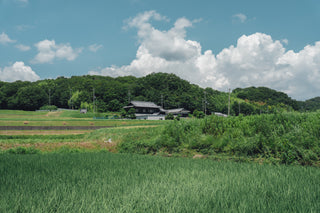
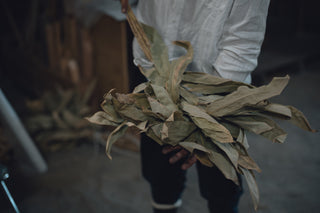
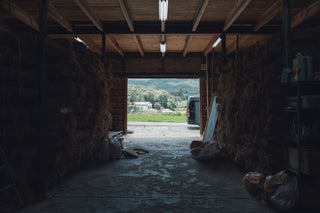
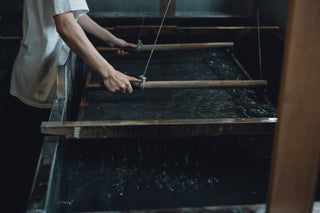
ハタノワタルの和紙
ハタノワタルは、和紙の産地である京都府綾部市で紙漉を行っている。ハタノは、美術大学で油画を専攻していたとき、絵画の支持体として、和紙に出会う。ハタノに和紙の魅力を聞いた時、一番に出てきた言葉は、その美しさではなく、その丈夫さであった。

Ikuya Sagara's Thatch works
When it comes to Kobe, the impression is that of a port city. However, if you turn your gaze towards the mountains, in the northern area of Kobe...
